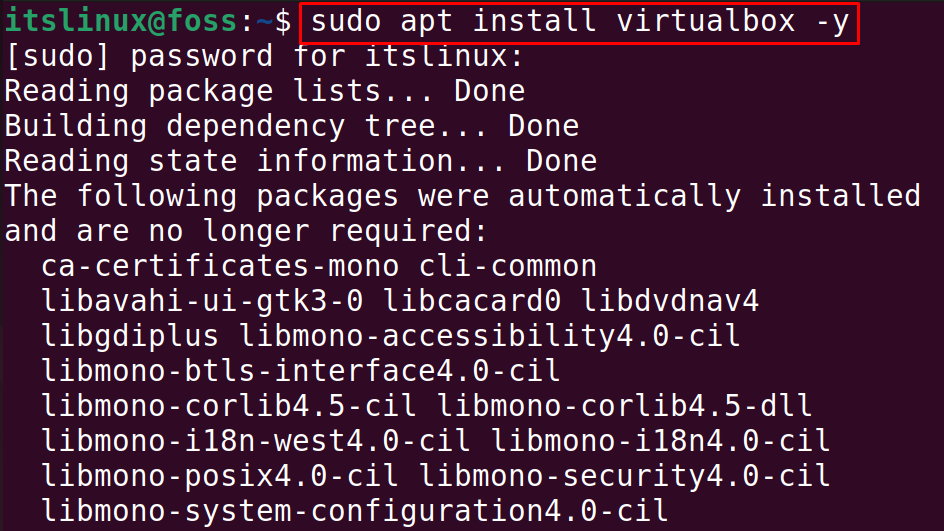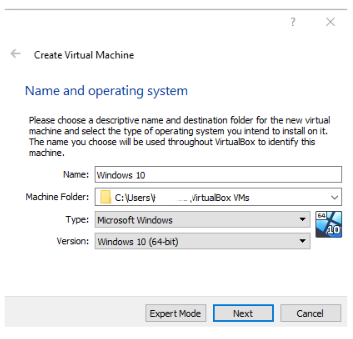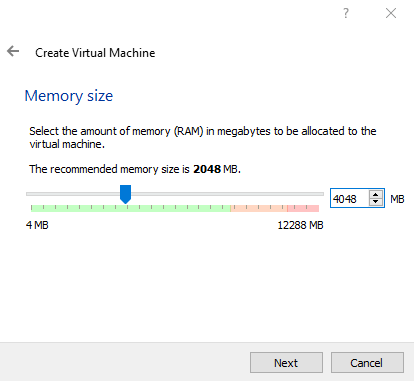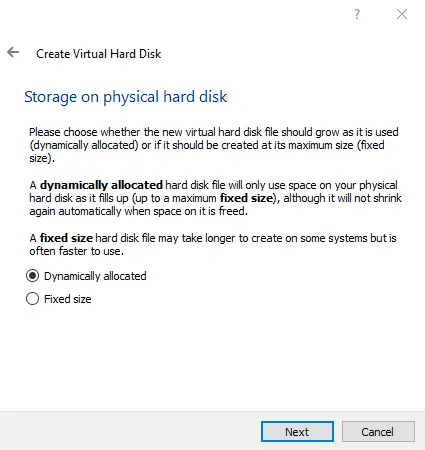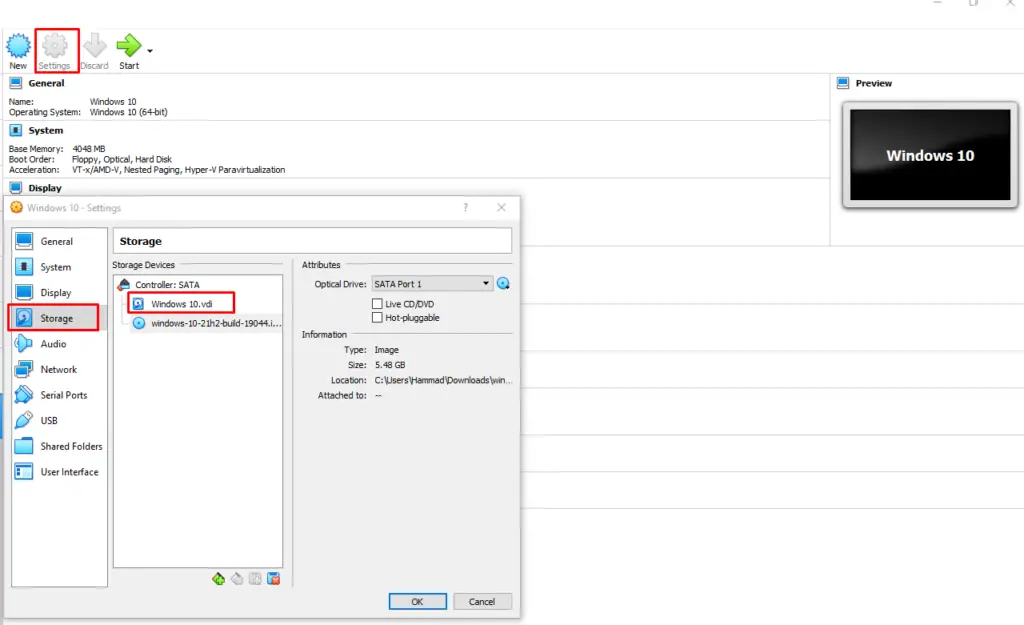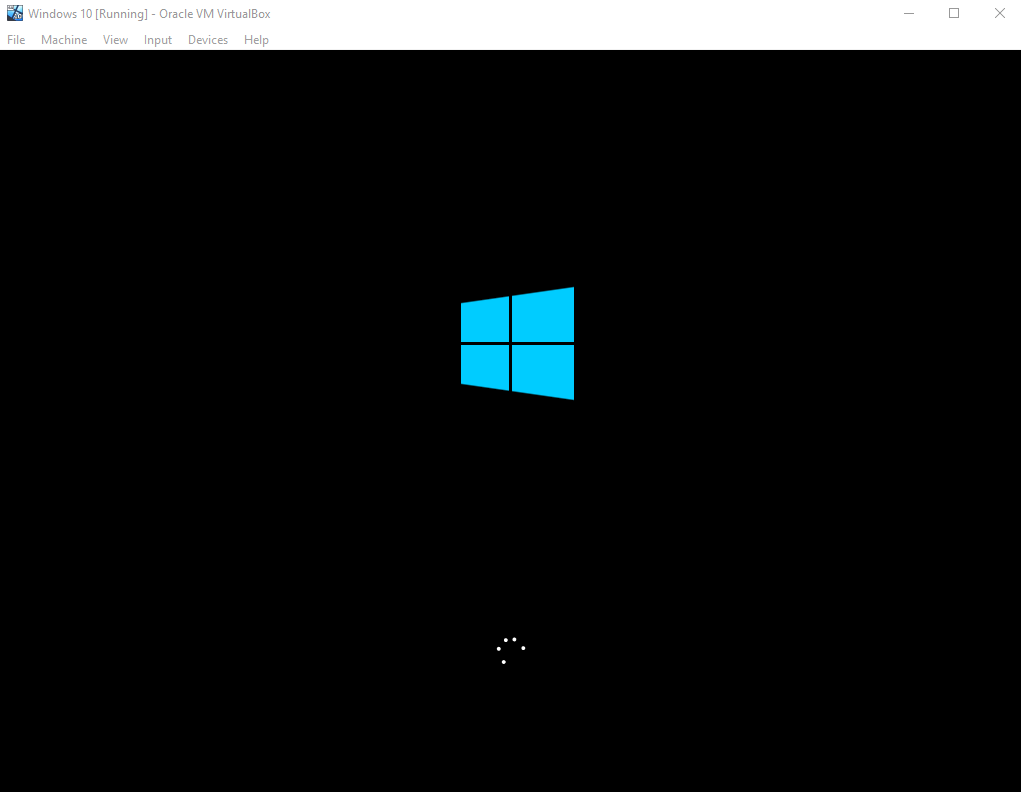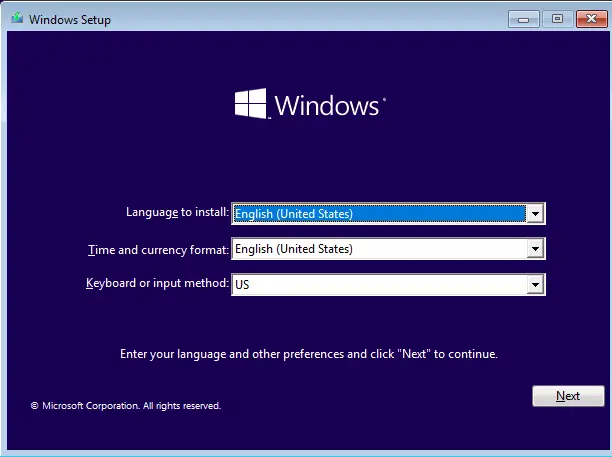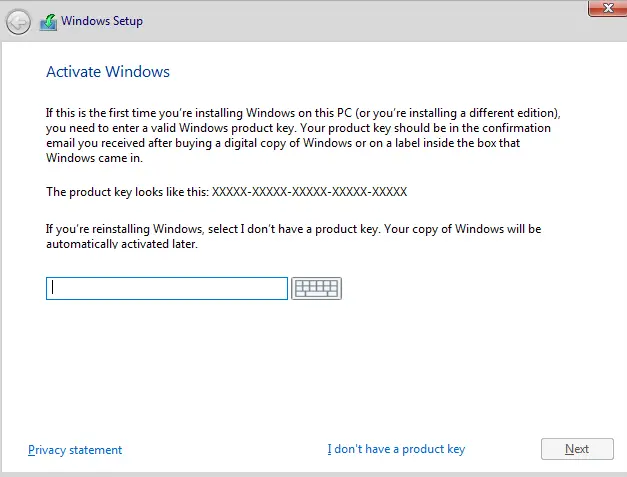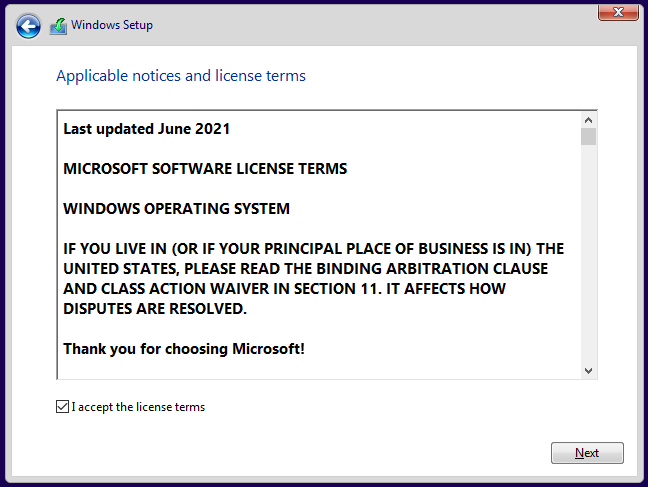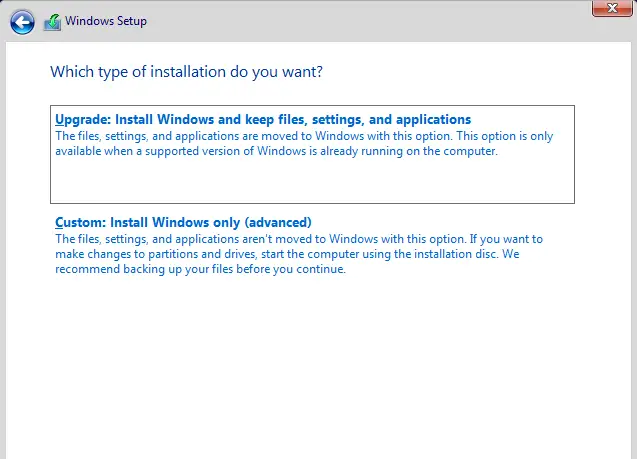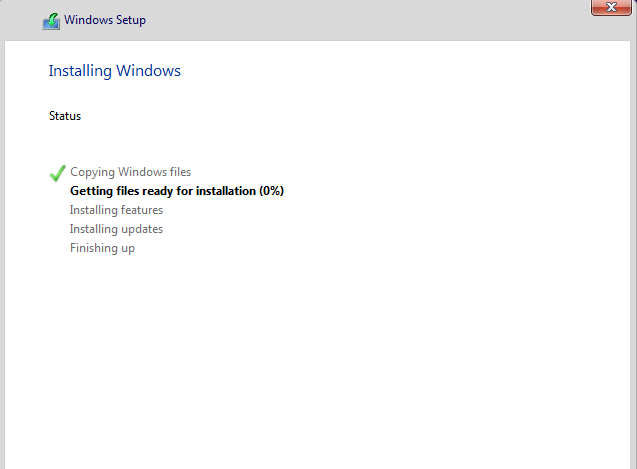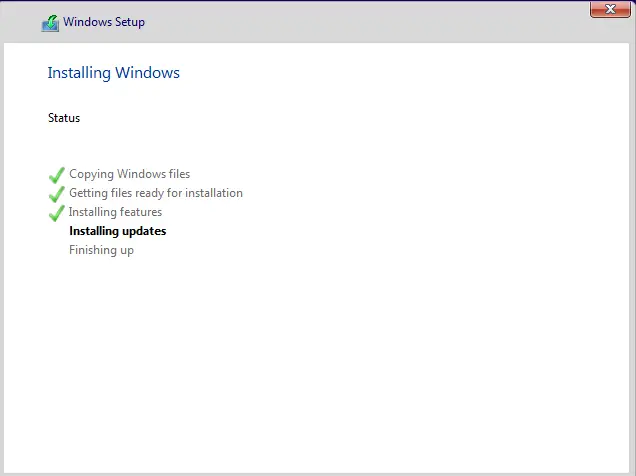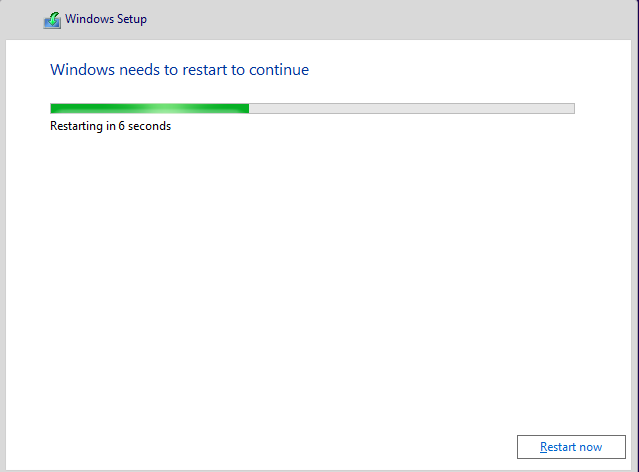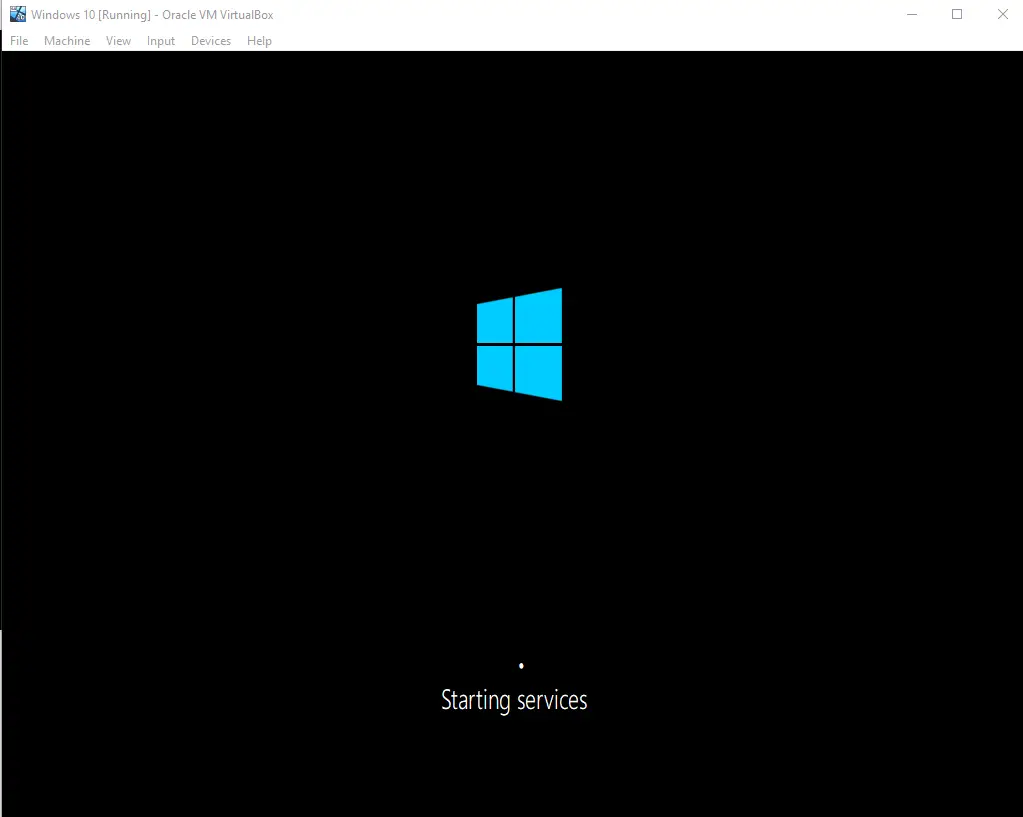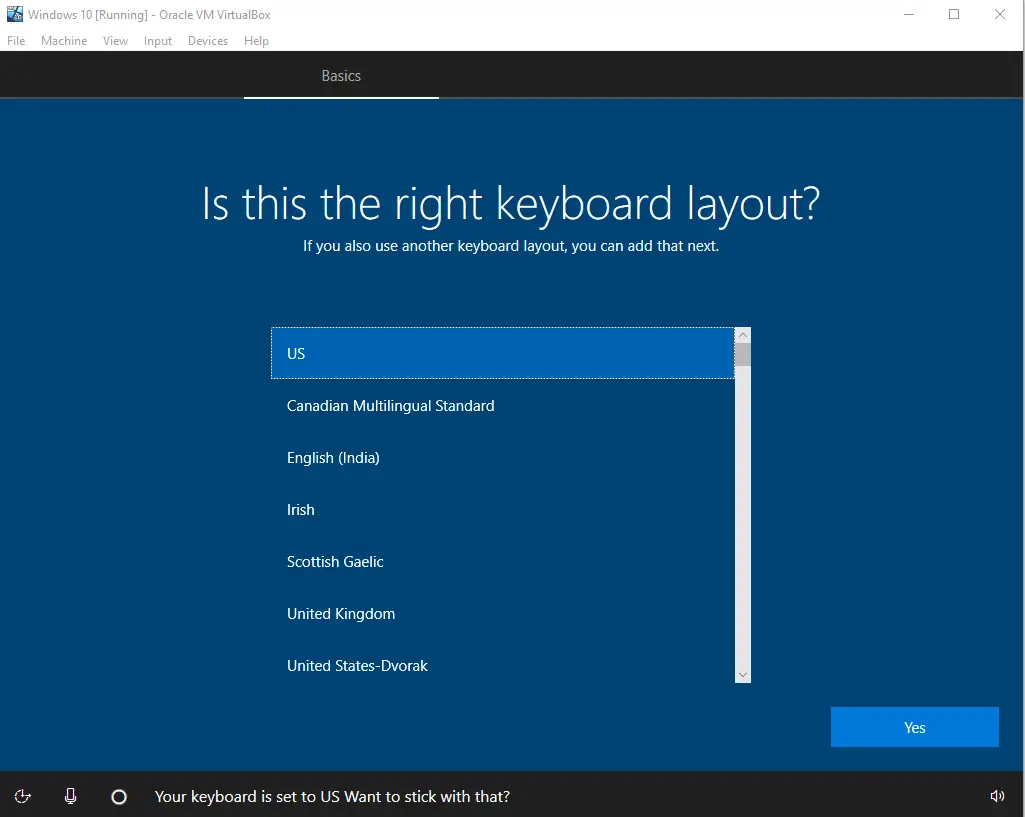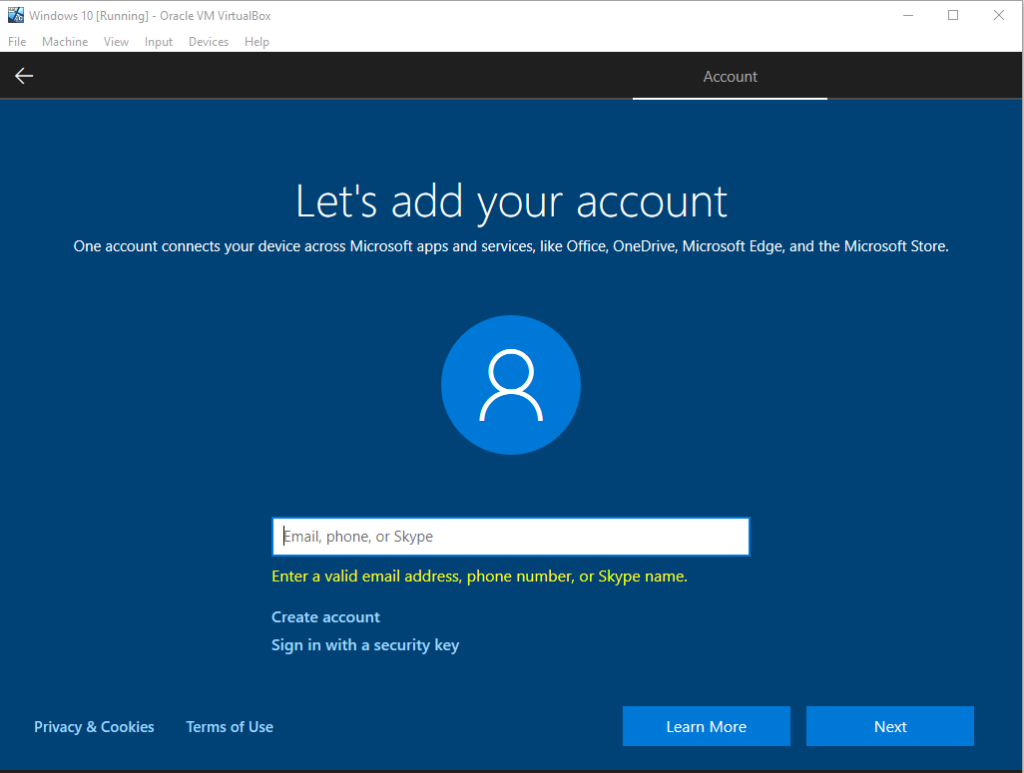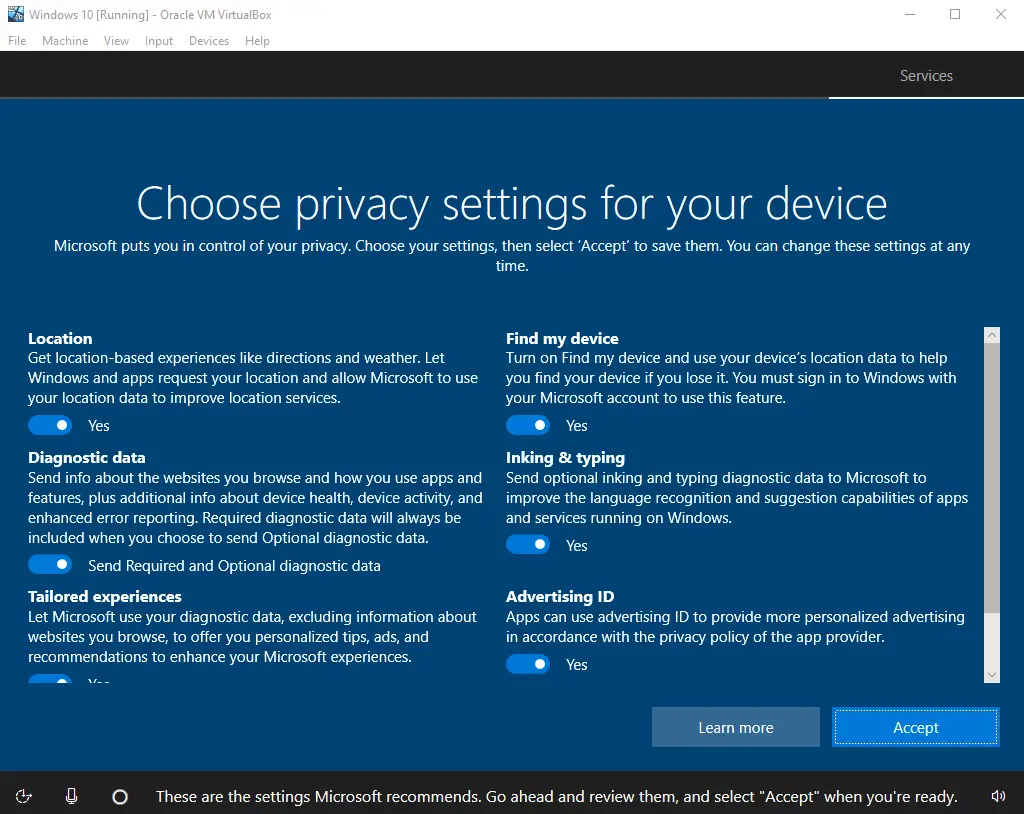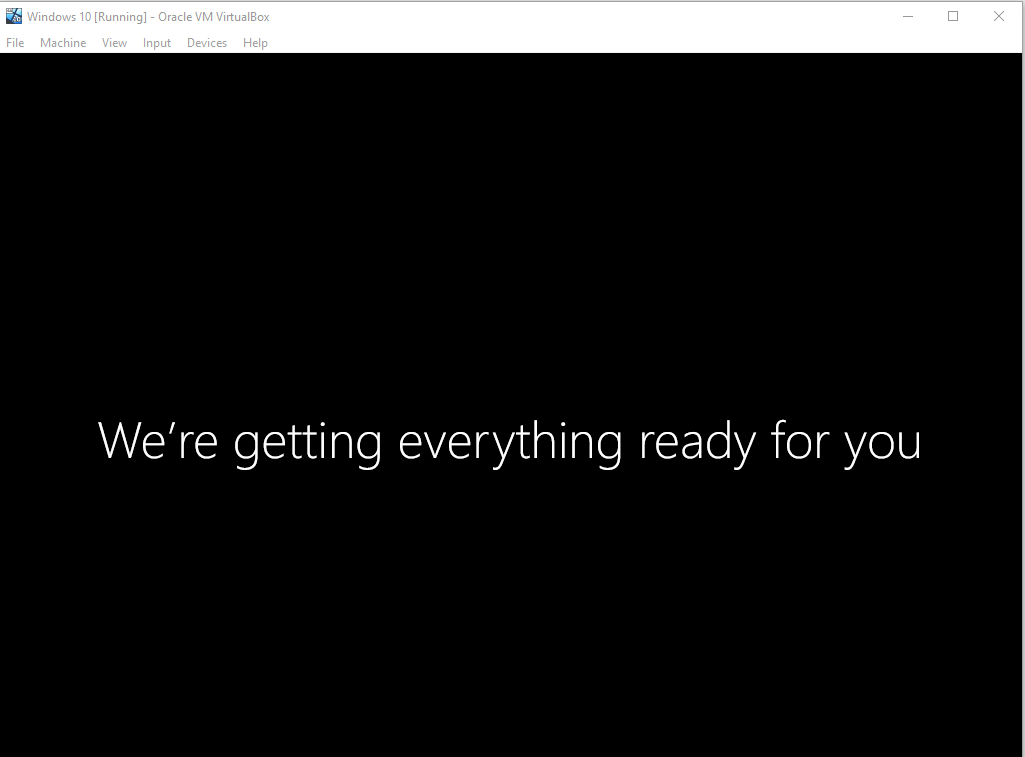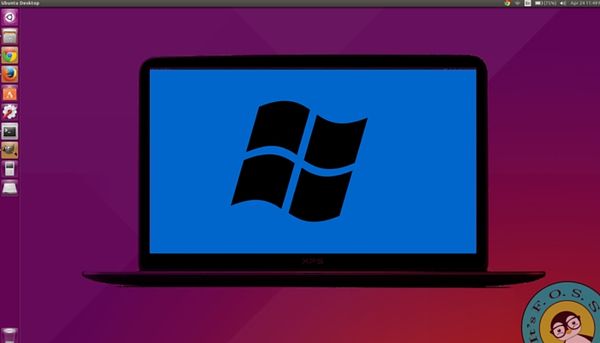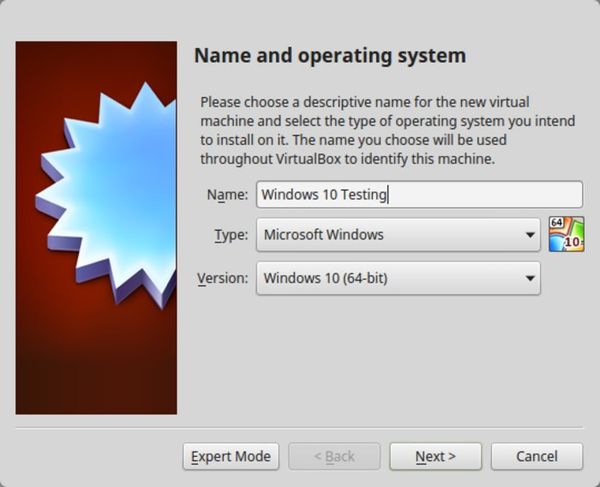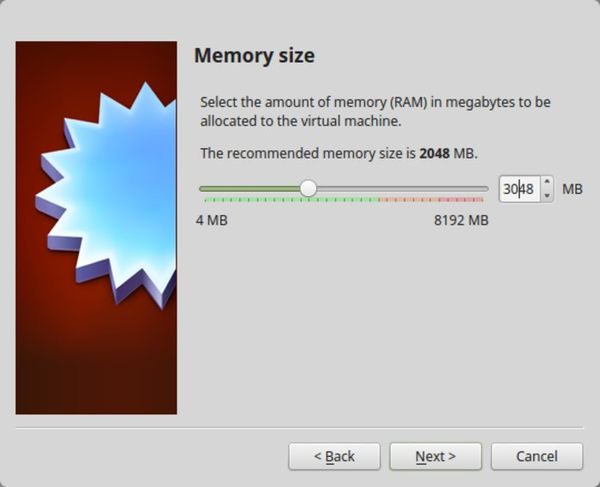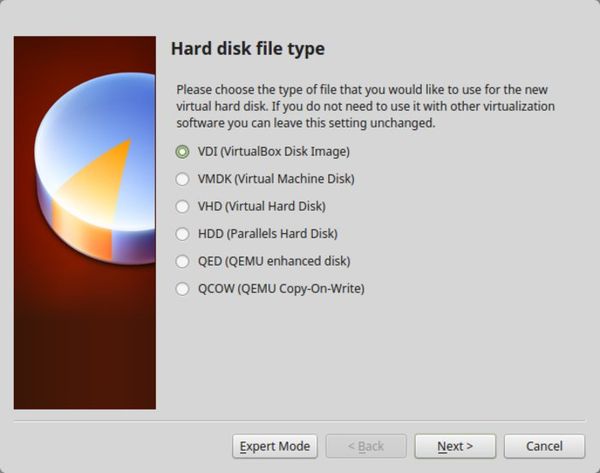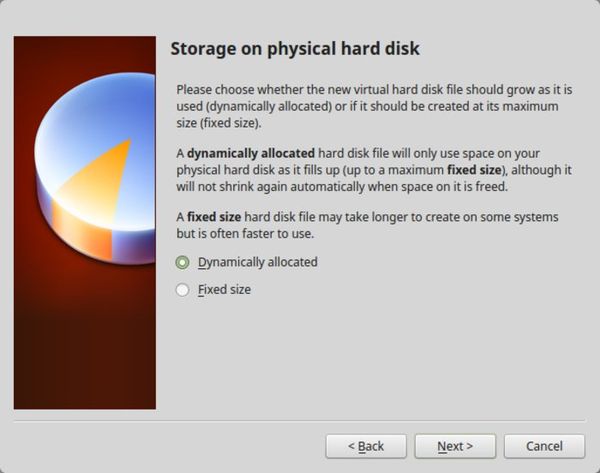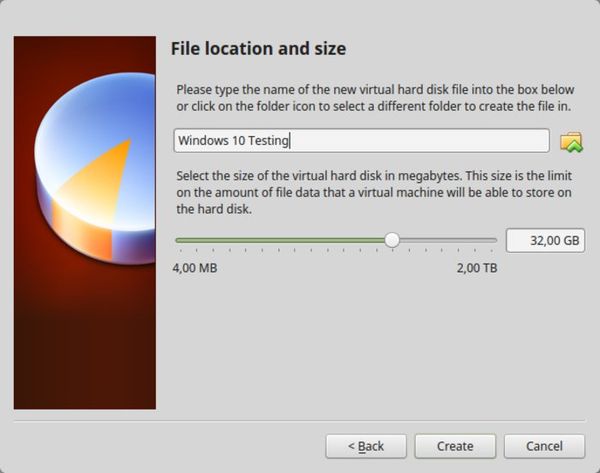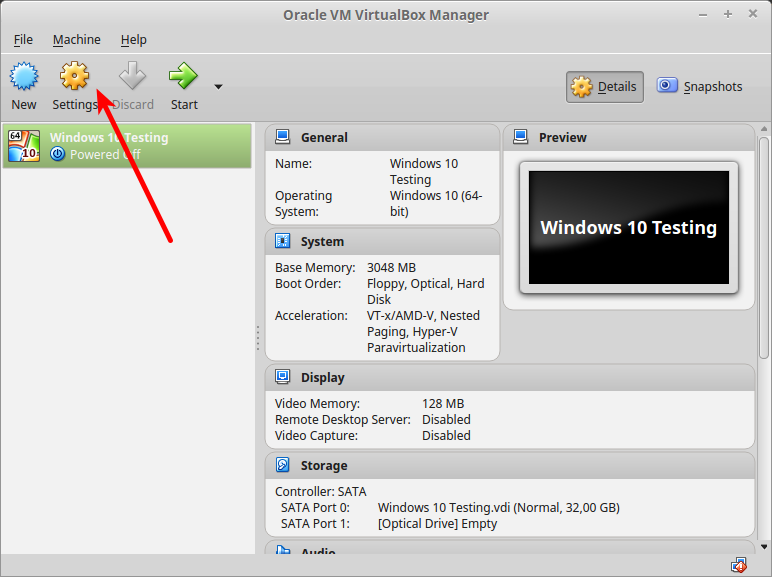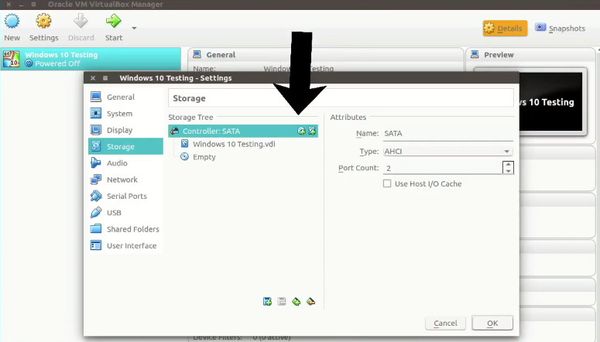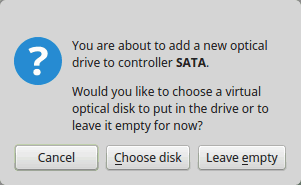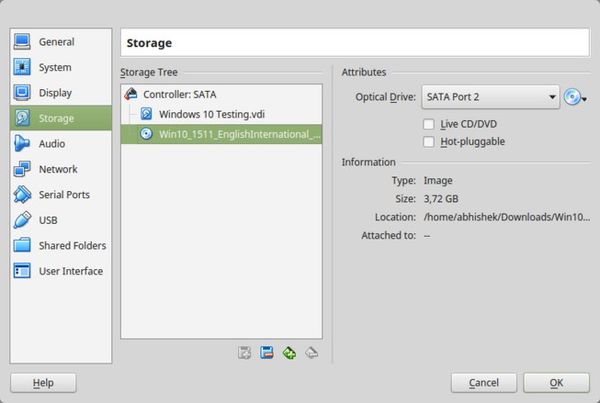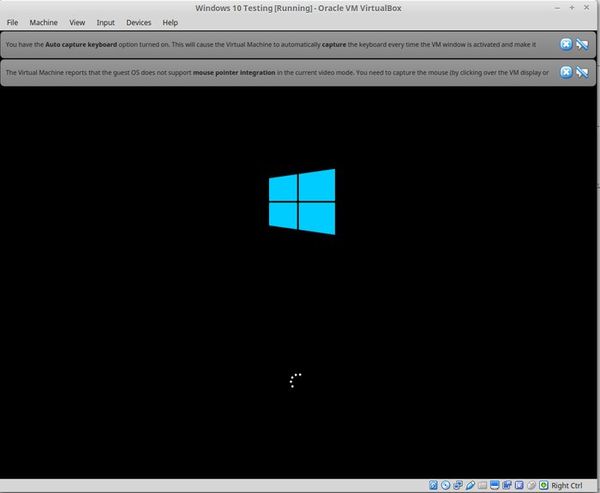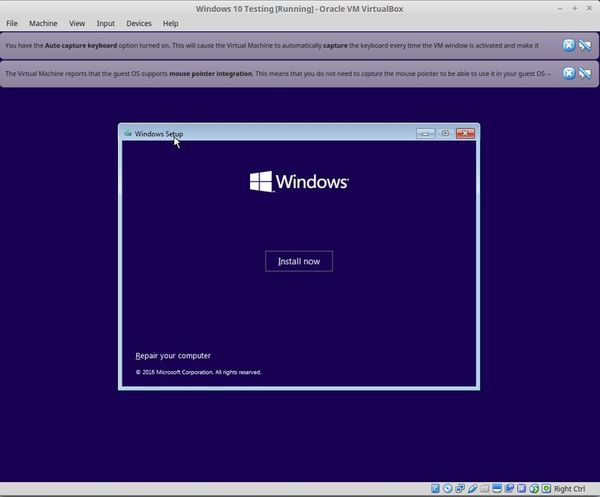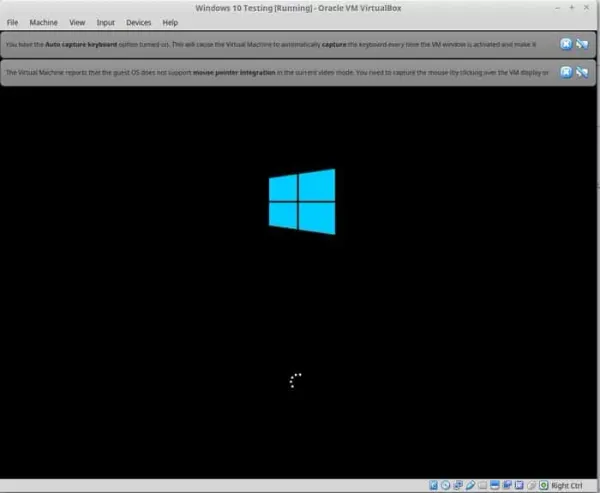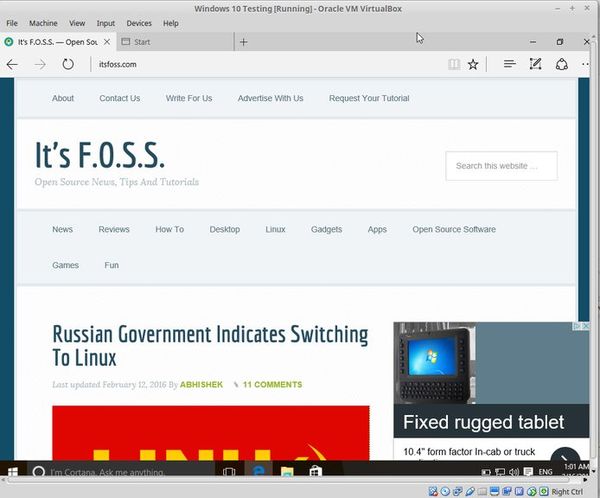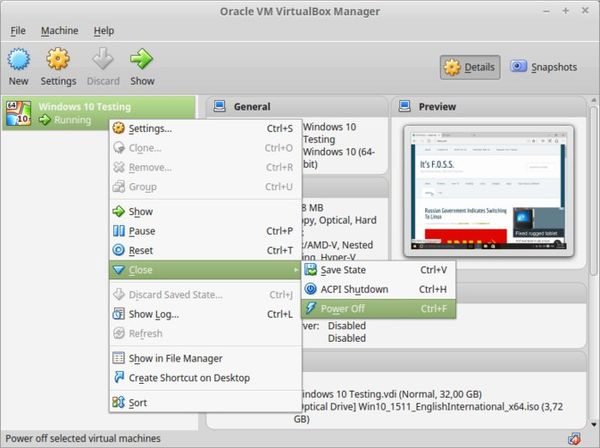- How to Install Windows 10 in VirtualBox in Linux?
- Prerequisites
- Download the ISO File of Windows 10
- Install VirtualBox on Linux
- Create the Machine in VirtualBox
- How to Install Windows 10 on VirtualBox in Linux?
- Conclusion
- How to Install Windows 10 in VirtualBox in Linux
- What is VirtualBox and what are its advantages?
- Install Windows 10 in VirtualBox on Ubuntu and Linux Mint
How to Install Windows 10 in VirtualBox in Linux?
VirtualBox is a widely used virtualization tool to run various operating systems. In this post, we will demonstrate the detailed method to install Windows 10 in a Virtualbox in Linux. The content of this post is as follows:
Let’s start with the prerequisites:
Prerequisites
To install Windows 10, numerous prerequisites need to be on your system before starting the installation. Let’s get them one by one:
Download the ISO File of Windows 10
To install Windows 10 on the VirtualBox in Linux, ensure the updated ISO file of Windows 10 has been downloaded on the machine from the official website of “Microsoft”.
Install VirtualBox on Linux
Open the terminal of the Linux and run one of the below-mentioned commands to install the package “VirtualBox”:
To get it on Debian-based distributions:
$ sudo apt install virtualbox -y
After the execution of the above command is completed, the package of the VirtualBox has been installed on Ubuntu. Likewise, it can be installed on Fedora-based distributions using the command:
$ sudo dnf install virtualbox
To install VirtualBox on CenOS and RHEL-based Linux distributions, use the command:
$ sudo yum install virtualbox
Create the Machine in VirtualBox
The virtual machine needs to be created to set up a ground for installing Windows 10 on VirtualBox. To do so, open the VirtualBox and follow the steps given elbow:
Once the VirtualBox window is opened, click on the “New” button:
Then, set the name for the OS which will be installed as well machine’s folder, type, and version:
When all is set, click the “Next” button, and assign the RAM size to the machine. It is recommended to assign memory size by moving the cursor in the green colored area (keep in mind the original memory of your machine):
Then, click on the “Create a virtual hard disk now” and then the “Create” button to create the machine:
Choose the “VDI ( VirtualBox Disk Image)” type of Hard disk:
Then, choose the type of storage of the hard disk. It is recommended to choose “Dynamically allocated” instead of “Fixed size”:
When the machine is created, choose the machine, then click on the “Settings” icon and the “Storage” option. Here choose the “ISO” file of Windows 10, and then click the “OK” button:
The machine will be created successfully and available in the library of VirtualBox.
How to Install Windows 10 on VirtualBox in Linux?
Once all the set of prerequisites is completed. The following steps are carried out to do so:
Step 1: Run the Machine
Its time to “Run” the machine by clicking on the “Run” icon at the top:
As soon as the machine is run, the installation process will begin which can be seen below:
Step 2: Set the Language/Time/Layout
First, set the language, region, time, and layout of the keyboard. Click on the “Next” button:
Then, click on the “Install now” button to start the Installation of Windows 10:
The setup wizard of Windows 10 is going to be started:
Step 3: Add the Product Key
Type the “Product-Key” of the Windows, which can be purchased from the official website of “Microsoft”:
Then read and accept the terms & conditions mentioned in the agreement and then proceed to the next step of installation:
Step 4: Choose the Installation Type and Partition
Choose the first option for the installation (as it would create a fresh copy of the Windows 10):
Choose the partition of the machine where it is to be installed:
The installation of Windows 10 will be started:
It will take a few minutes to get completed:
When the installation is completed it will restart the machine automatically:
The machine is restarted, and now its time for Windows 10 to be configured itself for you:
Step 5: Confirm Your Region
Confirm the region where you are using the machine:
Also, confirm the layout of the keyboard:
Enter the Microsoft account with its credentials to proceed with the configuration of Windows 10. You can also create a new one by choosing the option of “Create account”:
Accept the privacy conditions for your machine:
Then, it will again take a few minutes to set up for you:
Finally, the home screen of the Windows 10 is displayed on the screen:
Finally, Windows 10 is installed on the VirtualBox and is set to use as a secondary Operating System.
That’s all about this post!
Conclusion
To install Windows 10 on VirtualBox on Linux, install the VirtualBox on Linux, and download the Windows 10 iso. Then create a machine on VirtualBox and customize it for Windows 10. Finally, run that virtual machine and follow the instructions; you will get Windows 10 in a short time.
How to Install Windows 10 in VirtualBox in Linux
I regularly encourage people to use Linux, and when I give them reasons to switch, I always mention that they can use Windows and Linux together if they’re ‘scared of Linux’. One way to use the two systems together is to dual boot Windows and Linux. It works well, except you have to switch between the operating systems by restarting them. This is somewhat inconvenient. If, like me, you’re an infrequent user of Windows and don’t want to trouble yourself with dual booting Ubuntu and Windows 10, I suggest installing Windows 10 inside Linux by creating a virtual machine. In an earlier tutorial, I showed you how to install VMWare on Ubuntu, but in this one, we’ll be using Oracle VirtualBox to create virtual machines and installing Windows 10 on them.
What is VirtualBox and what are its advantages?
VirtualBox is open-source virtualization software from Oracle for creating virtual machines. With a virtual machine, you can run an operating system like an application inside your current operating system. It’s like a computer inside a computer. These are called virtual machines because they’re basically emulating other operating systems, but they’re not really interacting with the computer system like a true operating system would. The bottom line is that with virtual machine software, you can use Windows like an application inside Linux. Unlike regular applications, it will consume lots of RAM. But this way, you can use Windows-specific software and programs inside Linux without needing to install Windows fully.
Install Windows 10 in VirtualBox on Ubuntu and Linux Mint
Before installing Windows 10 in VirtualBox, let’s see what you need first:
- An internet connection with good speed, or a Windows 10 ISO that you’ve already downloaded.
- At least 4 GB of RAM. The more RAM you’ve got, the better.
- Around 20 GB of free storage for installing Windows 10.
Once you’ve made sure you have the prerequisites, let’s see how to do it. If you prefer, you can watch this tutorial as a video. Do subscribe to our YouTube channel for more Linux tutorials:
Name the VM anything you like. Also select the operating system and version. In this case I’ve chosen Windows 10 and 64-bit.
Choose the RAM size. The recommended RAM size for 64-bit Windows 10 is 2 GB, while for 32-bit Windows 10 it’s 1 GB. But I suggest you have a little more than that for a smoother experience.
Next is the size for the virtual machine. If you’re crunched on space choose the recommended size, otherwise make it a little more than the recommended size.
For the format, go ahead with the VDI format.
Confused about the dynamic or fixed size? If you choose dynamic, the installed VM will grow beyond its allocated size later. If you won’t use Windows extensively, I suggest you go with the fixed size.
Now it’s time to finalize the installation size. You can choose where to create the virtual disk. The default location (Home directory) works fine.
You should now be back at the start screen. But wait, we haven’t used our Windows 10 ISO yet, have we? Now’s the time to actually use the ISO. Click on Settings.
In here, go to Storage and add a new optical drive. I added this screenshot later because a few readers had difficulties finding it.
Click Choose disk and point to the Windows 10 ISO.
Now you should see the Windows 10 ISO listed under Storage. Press OK.
You should now be back at the main screen of Oracle VirtualBox. Now everything is ready. The next step is to install Windows 10. Click on Start from the main screen:
Voila!! You should see the familiar Windows boot screen:
A couple of seconds later, you should see the option to install Windows:
At this point, if you see the Windows logo with a black background and it never starts to install, you may have to perform a little tweak.
As It’s FOSS reader Larry points out, “There seems to be an incompatibility between Virtualbox and Windows 10 1703. A virtual machine that runs W10 1607 fine will fail to boot W10 1703 -UNLESS- the following parameter is set: Under System – Acceleration you must set Paravirtualization to None and then reboot.”
I think you can handle things from here, as installing Windows is just a matter of a few clicks. For your convenience, I’ve added the screenshots in a gallery. Click on the images to enlarge them if you need any hints.
Once you’ve successfully installed Windows 10, you’ll find that the internet connection is shared with the virtual Windows as well: no need for further configuration. Here’s It’s FOSS on the Edge browser in Windows 10 inside a VM.
When you’re done using the virtual Windows, you can go back to the main screen and switch off the virtual machine from there:
To start the virtual OS again, just click on Start (green arrow) on the main screen of VirtualBox again. That’s it. More on using virtual operating systems later. I think this gives you a good idea of how to install Windows in Ubuntu or Linux Mint to begin with 🙂
In a related post, you can learn how to create a bootable Windows USB in Linux.
Did this tutorial help you install Windows on Linux using VirtualBox? If you have questions or suggestions, feel free to drop a comment.
